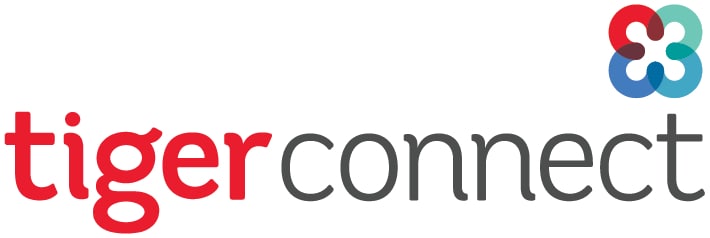June 08, 2018
5 Innovative Ways Hospitals Are Using Secure Texting
Healthcare providers are moving beyond simple compliance and using communication tools to uncover new and better workflows.

Recently, I was talking to a peer at TigerConnect about one of the company’s largest customers. Although TigerConnect (previously TigerText) was created to facilitate HIPAA-compliant sharing of patient information, it turned out that this customer’s most enthusiastic adopter of the tool is its food services department, which sends as many as 30,000 messages each month over the secure texting service, helping staff to coordinate meal orders and deliveries.
Just a few years ago, hospitals looking to adopt secure texting tools such as TigerConnect were almost exclusively focused on securing patient data and avoiding HIPAA violations. But over time, these tools have begun to reshape the way hospital staff complete tasks, ranging from delivering meals to pulling up lab reports.
Here’s how.
1. Enabling Clinician Communication
Historically, doctors and nurses have had to play quite a bit of “phone tag” to communicate with one another. A surgeon wanting to check on a patient might leave a message for a nurse, who might then call back an hour later, only to get the doctor’s voicemail. Obtaining a simple status update could easily take overnight.
With secure texting tools, doctors and nurses can connect with one another instantly, and can share pertinent patient information in writing without fear of running afoul of privacy rules.
2. Streamlining Support Services
When support departments such as food, custodial and patient transport services are all looped into a common communications system, clinicians and administrators can track down staff instantly to make simple requests. No more waiting 45 minutes for wheelchair deliveries and spill clean-ups. This not only speeds up hospital operations, but also improves the patient experience.
3. Accelerating Records Access
A nurse waiting for a lab report might log in and out of a hospital’s electronic health record (EHR) system four or five times, trying to get information for a patient. Tools such as TigerConnect hook into EHR systems and automatically send alerts to clinicians when reports are ready. When care providers know they’ll get a notification as soon as information is available, they can step away from the keyboard and spend more time with their patients.
4. Consolidating Devices
In some hospitals, nurses may carry as many as four or five devices during their shifts, including a voice-only phone, a scanning tool, a pager and a smartphone. Solutions such as TigerConnect can help reduce the need for some of these tools, giving clinicians fewer devices to manage while increasing functionality.
5. Analyzing Data for Constant Improvement
Secure texting solutions not only increase the frequency of communication at hospitals, but they also provide a record of that communication, giving organizations a powerful tool to analyze staff interactions and look for hidden efficiencies. By seeking out and learning from highly effective users, organizations can develop new processes to optimize operations and improve patient care even more.
This blog post brought to you by:


